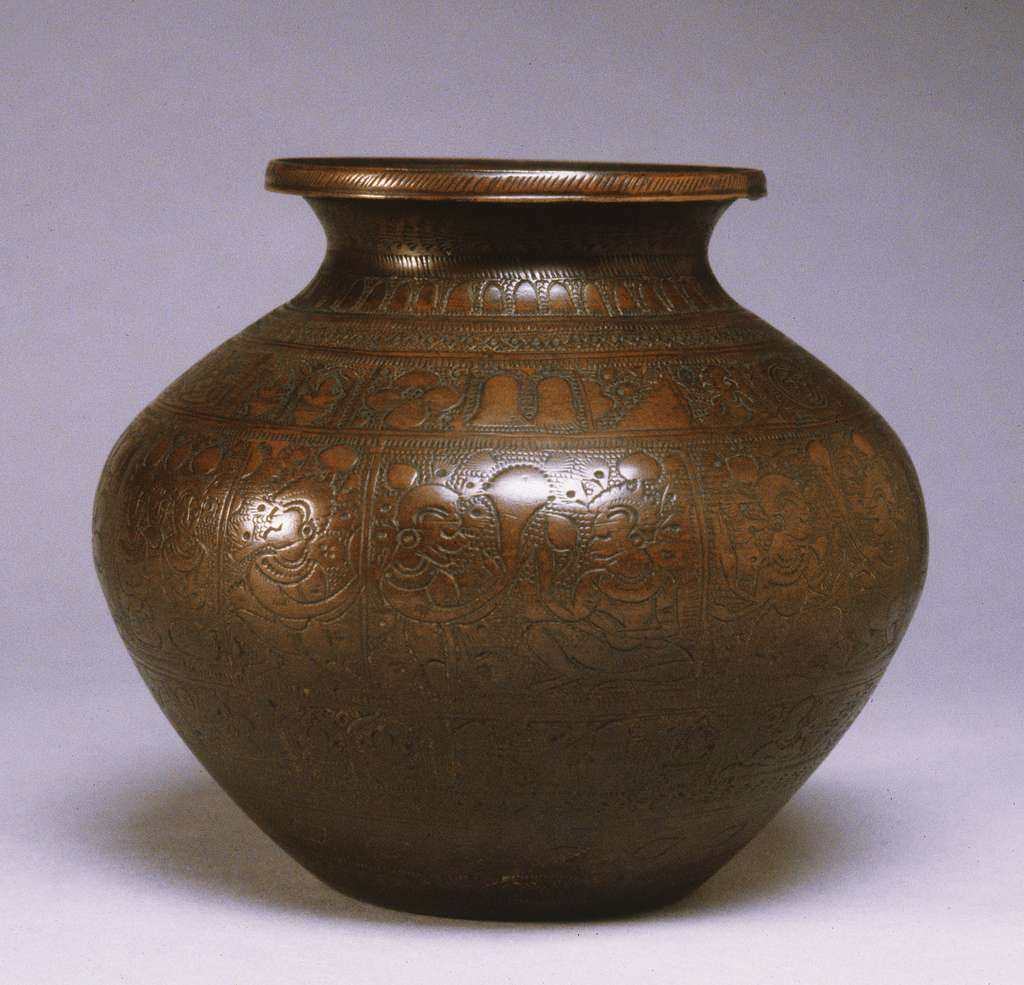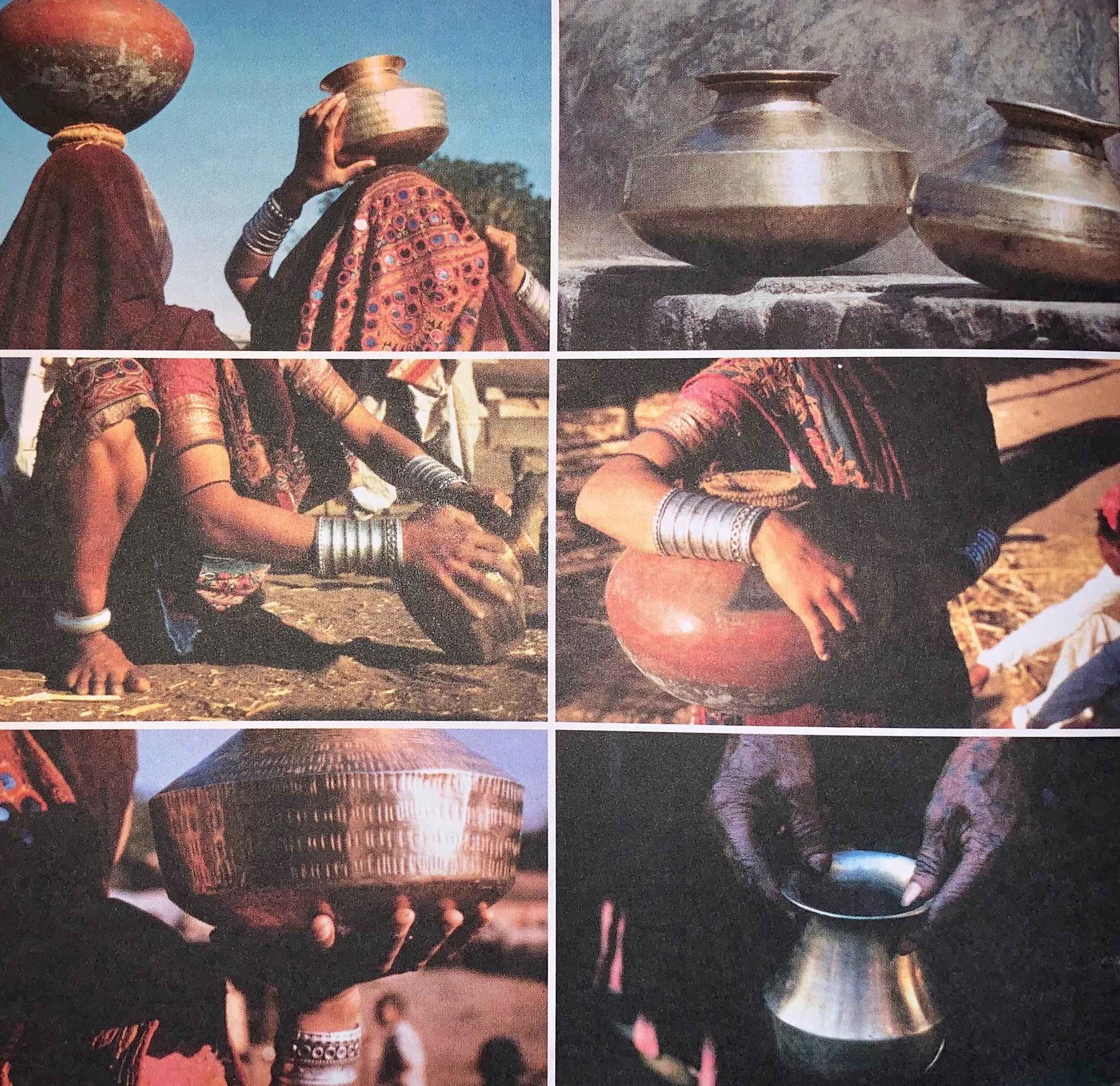The American Designers
Lota: Noted as a successful Indian design by American Industrial designers
"Of all the objects we have seen and admired during our visit to India, the lota, that simple vessel of everyday use, stands out as perhaps the greatest, the most beautiful."
- CHARLES AND RAY EAMES, THE INDIA REPORT, 1958
The American Designers, Charles and Ray Eames who were invited by the Indian government to contribute to the development of design education in India has used Lota (the Indian vessel or water pot, usually made of brass or stainless steel) as an example to illustrate how a design constraints can be embraced and successfully applied. They define design as: “The sum of all constraints like constraints of price, of size, of strength, of balance, of surface, of time, and so forth. Each problem has its own peculiar list." The designer who recognise as many of the constraints as possible; his or her willingness and enthusiasm for working within these constraints would lead an amazing design like Lota.
Photographs of lotas taken in India by Charles and Ray Eames.
The "lota" aimed to promote a holistic understanding of design that goes beyond Western-centric perspectives, acknowledging and celebrating the diversity and richness of India's design traditions. It underscores the importance of grounding design education in the local context and cultural identity.
Moreover, the mention of the sucess of a ”lota" is likely symbolizes the everyday objects and design elements found in Indian culture that hold intrinsic value. By highlighting such objects, the Eameses encouraged designers to draw inspiration from indigenous designs, fostering a connection between modern design practices and India's cultural heritage
Let’s celebrate the design of Lota. One such design that can be made from wide variety of materials, can be turned into different shapes, size, dimensions and have evolved beautifully. This Indian design is worth appreciating by Charles and Ray Eames because of its following factors:
- Optimal liquid volume for fetching, carrying, pouring, and storage in specific circumstances
- Considerations extend to the size, strength, and gender of the hands that will manipulate it, along with transportation methods like head, hip, hand, basket, or cart.
- Achieving balance is crucial, considering the center of gravity when empty, full, or rotated for pouring.
- The fluid dynamics are assessed not only during pouring but also during filling, cleaning, and various head-carrying motions.
- The lota's sculpture is examined in relation to the palm, hip curve, and its harmony with rhythmic walking or stationary use.
- The design must also address the opening-to-volume ratio for storage and non-liquid uses, the size of the opening for cleaning, and the texture for both cleaning and tactile experience.
- Factors like heat transfer, sensory pleasure, sound, material selection, cost, investment, and aesthetic considerations contribute to the comprehensive design process, ensuring a holistic and functional outcome.
Thus the design of Lota proves the concept of dynamic design if all possible factors can be considered properly without any bias.The American Designers, Charles and Ray Eames who were invited by the Indian government to contribute to the development of design education




